How to choose the right fertilizer for feeding seedlings
In order to grow a rich crop, high-quality seedlings are required, which require a thick stem with a low first brush. Water, good soil and a well-chosen top dressing are the main factors in achieving this goal.
Every gardener is directly familiar with the process of growing seedlings. At a certain stage of development, it requires proper feeding. Fertilizers for seedlings are presented on the modern market with the widest range.
The most effective and convenient are liquid or instant preparations produced in the form of granules, tablets, powders. They must necessarily include: nitrogen, potassium, phosphorus, magnesium, iron, boron and other trace elements. Before using the remedy, it is extremely important not only to read the instructions, but to follow them strictly, especially in terms of concentration. Average consumption of a substance is 1 tablespoon (7 - 10 grams) per 10 liters of water.
- Organomineral mixtures are a dark liquid substance containing peat additives, increases the resistance of plants to diseases.
- Fast-dissolving - traditional fertilizers, very effective, therefore they are the most popular.
- Liquid mixtures in the form of solutions are somewhat more expensive, but with a convenient dosage. Highly effective.
At the initial stage, the seedlings most of all need phosphorus, so the content of this element should prevail in the preparation. Seeds supplied to retail chains are usually already processed, but if such work has not been done, you should do it yourself with a special solution containing stimulating ingredients. If the condition of the seedlings does not cause concern, universal preparations can be used for feeding. It is best to take "Nitrofoska" or "Agricola No. 3". Dissolve one tablespoon in 1 liter of water. This solution is enough for about 40 stems. After 14 days, you can re-treat the drug "Effecton O".
When to feed
Before picking, the seedlings are usually not fed, since there are enough nutrients in the soil itself for the development of sprouts. And their excess in low light can lead to the death of the plant. The first feeding of seedlings is carried out after the appearance of 2-4 leaves, the subsequent ones - depending on the appearance and condition of the soil.
It is best to apply fertilizers in the early morning, so that in the evening the nutrients can be absorbed. Before the procedure, the ground should be thoroughly moistened, but if there is enough moisture, then the solution will completely replace the irrigation water. In order for plants to assimilate nutrients as much as possible, it is necessary to loosen the topsoil from time to time. If there are warning signs on the sprouts indicating a disease, an unscheduled feeding should be carried out, while replacing the type of fertilizer, since the previous one may be inappropriate.
Experienced gardeners determine the causes of ailment by the appearance of the plant:
- Lack of nitrogen causes growth retardation, the stems become thin, and the leaves are small and pale.
- Phosphorus deficiency slows down the growth rate, the veins acquire a purple hue, and then the leaves turn yellow and crumble, increasing susceptibility to disease. Most often found in tomatoes and peppers. It is necessary to make sure that the plants are not frozen, because at low temperatures, phosphorus is practically not absorbed.
- Lack of potassium increases the risk of fungal infection, the edges of the leaves turn brown and then die off.
- The death of the upper part of the stems indicates a lack of calcium. At first, the leaves change color, spots appear on them, then they roll up and fall off.
- The formation of a marbled color on the surface indicates a magnesium deficiency.
- Plants completely stop developing as a result of insufficient boron.
- Leaves wither and do not straighten even after abundant watering - a clear sign of root rot caused by a lack of copper. The problem is especially relevant for peat soil.
Tip: Particular attention should be paid to the thickness of the stem, if it is excessively stretched, you need to carry out the treatment with superphosphate: 1 tablespoon per liter of water or spray once (no more) drug "Athlete".
How to properly process
At an early stage of development, plants are especially sensitive to environmental conditions. For each crop, select the appropriate mixtures and calculate the exact amount. Therefore, special care and a competent approach are required here. First of all, you need to remember that seedlings are fed only during the growth period, and still unrooted plants cannot be processed. For young shoots, low concentration fertilizers are used.
A few hours before processing, the soil must be moistened, which will contribute to the uniform absorption of nutrients. After each top dressing, in order to avoid burns, the plants must be sprayed with water in order to wash off the accidentally ingested fertilizer from the leaves. At this time, the root system of plants is still weak, so nutrients must come in an easily digestible form.
Tip: During cultivation, there are periods when the plant takes on a depressed appearance, despite proper care. In this case, it is necessary to carry out foliar dressing with a balanced composition with microelements.
The most popular plant fertilizers:
- "Humat Orton" is a complex fertilizer containing microelements. Designed for most types of vegetables and flowers. Produced in the form of a concentrate, which is dissolved in water before use.
- Orton seedling Tomato is an organic fertilizer that provides plants with all the necessary elements: nitrogen, potassium, boron, manganese, phosphorus. All proportions have already been calculated.
- "Orton Rost" allows young sprouts to receive all useful substances, promotes their rapid assimilation. It makes it possible to grow crops even in difficult climatic conditions.
- Biohumus strengthens the root system, increases vitality and resistance to diseases.
- "Krepysh" contains a balanced complex of vitamins and microelements. Perfect for all types of crops, strengthens the root system, increases productivity.
- "Solution" is a mineral fertilizer for seedlings of vegetables and flowers. Contains components that are easily digestible, helps to strengthen the sprout, increases the yield.
- Traditional methods. Chicken droppings, cattle manure, woody ash are an excellent source of natural substances necessary for the proper development of seedlings. However, the use of such fertilizers requires some experience and skill, but if you follow simple rules, then problems can be avoided.
A competent approach is the basis for a good harvest
The method of growing plants in small areas: in greenhouses, greenhouses or other rooms where a certain temperature and lighting are maintained, favorable for optimal development, is called seedling. The soil must be light so that a clod of earth remains on the roots during transplantation, which will contribute to rapid rooting in a new place.
Optimal growing conditions consist of various factors: water, mineral salts, carbon dioxide, trace elements. Complex biochemical processes continuously occur in plants, transforming all useful components into ripe, tasty fruits.
Organic fertilizers enrich them with nutrients, mineral - improve photosynthesis and metabolism. That is why, even fertile soils need feeding. This is one of the most important components of caring for seedlings, the success in obtaining a good harvest depends on how correctly it is organized.
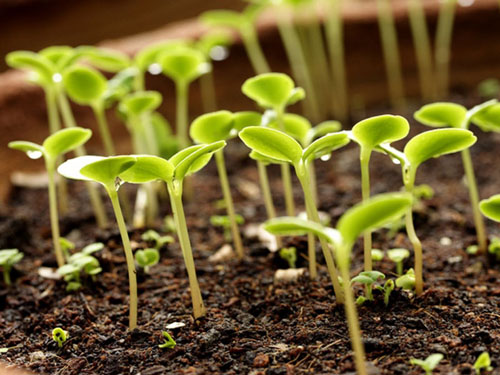
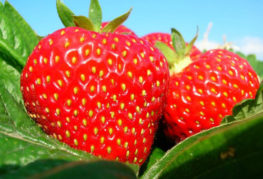
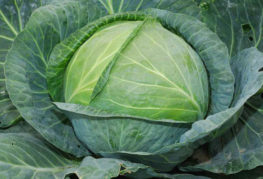

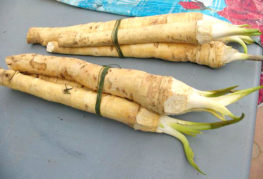
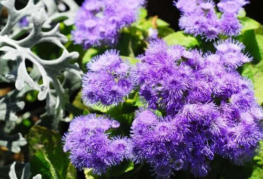
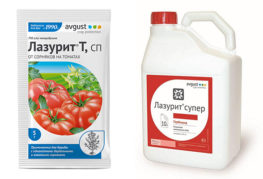
and will be published shortly.